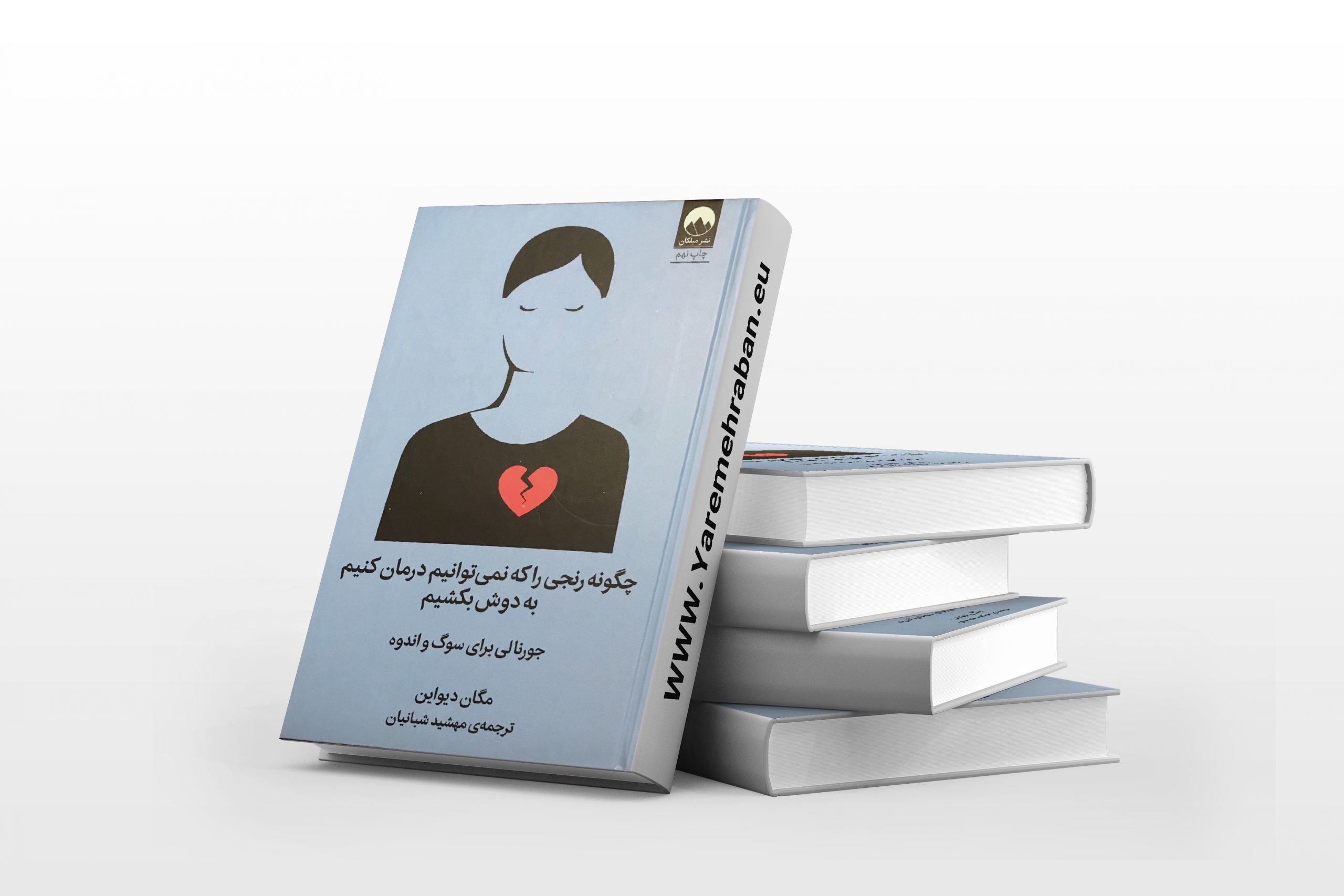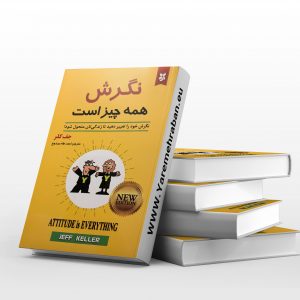Description
Megan Devine’s book, “How to Carry What Can’t Be Fixed: A Journal for Grief.
This book, or any other book, is not a substitute for treatment or medical solutions, but it does give you information that can help you cope more easily with grief and loss.
The book “How to bear the pain that we can not cure” with the subtitle “Journal for grief and sorrow” has been translated into Persian by Mahshid Shabanian and published by Milkan Publications.

About the book How to bear the suffering that we can not cure
As the title suggests, the subject of the book is about loss and loss. Mourning that breaks people’s hearts and makes it difficult for people to cope with that loss.
These mournings are mostly related to the death of loved ones that people face in life. In his book, Devine tries to help the reader benefit by planning and making a list for distractions or activities such as painting and collage.
He believes that distraction through watching movies, listening to music, etc. is one of the gifts that we can pay attention to in times of mourning. It also suggests other solutions in these cases. Information written in the book in simple and understandable language for everyone.
In this book, Devine presents information in three sections and seventeen chapters to help physicians and specialists. The first part of the book has 5 chapters
Which include
“The story begins”, “What if I refuse?”, “Enduring with a little help: real or imaginary”, “Inner view” and “It’s all painful” The second part includes chapters six to eleven, which are entitled From: “Rugged Roads Leading”, “Comfort and Restoration”, “The Benefits and Dangers of Distraction”, “Anger Deserves Its Own Season”, “Perspective”, “The Ultimate Gift”.
At the end of the book, there are six chapters entitled “I do not want to go back to normal life”, “Your grief, your path is over”, “Withdrawing from the wrong support”, “Friends and allies and asking for help”, “Server of two worlds” and It has “freedom to live.”
One of the problems during the mourning period is the reactions of those around you. If you express your feelings, people say you are “too emotional” and if you do not express it, they say you are in the “denial” stage and you have to face the truth.
On this account, it is not surprising that most people keep their mourning to themselves. The problem is that you do not have to resist all the pressure of mourning at once, it is not possible.
There should be times when you can turn around, look away, and feel numb. When grief is fresh, you are in the heart of that painful emotional wound every second, every day.
Some days, some moments, you may be able to keep your gaze fixed on your broken heart, and some days and moments, it may be impossible to maintain that gaze. In the moments when you are accompanied by your pain, taking your eyes off it, when you become too tolerant, is considered compassion for yourself.
It’s okay to turn around if needed, it’s okay to be numb to your pain and grief. Insensitivity is part of grief. When your loss weakens and regresses, the need to look back is not only natural, but healthy and kind.
To whom do we introduce the book How to Bear the Suffering We Cannot Cure?
The book provides information about grief and loss in the introduction, but the reader can use these strategies to improve his condition in all cases of loss in his life.
About Megan M. Devine
Devine is an American writer, psychologist, and speaker. His other books include “There is nothing wrong with not being happy”. In her personal life, Megan Devine has sadly witnessed her husband drowning.
As a psychologist and a person who himself had suffered hardships, he thought of overcoming hardships and sorrows in the grief of losing his loved ones.
Part of the book
Why is my brain so unstable?
Cognitive changes are common during mourning. Memory, perceptive power, concentration, all of these require a lot of energy and you do not have the necessary energy. Think of cognitive changes like this: Suppose your brain needs 100 units of energy a day.
Now the greatness of mourning, trauma, grief and loneliness consumes ninety units of those units of energy. It’s a residual unit of what you have in common life skills, such as organizing cars and burying details.
This remaining energy should also be used to breathe and beat your heart and help you gain access to your cognitive, social and communication skills.
Remember that cooking utensils are in the drawer, not in the freezer, and that you put your keys under the sink when looking for toilet paper are not on the brain’s priority list. Use the diagram below to plot how one hundred units of your brain force are currently distributed. What has that ninety percent been spent on? What is that one percent portion dedicated to?
1- Introducing the book How to Carry What Can’t Be Fixed: A Journal for Grief on YouTube
2- Introducing the book How to Carry What Can’t Be Fixed: A Journal for Grief in Aparat














Reviews
There are no reviews yet.